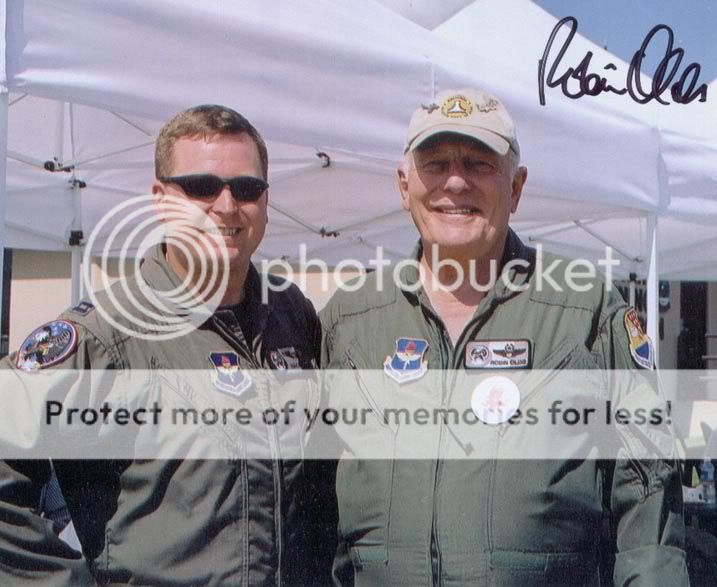You might be better off finding a warbird forum to lurk on for the rest. I was just passing along a few high points off the top of my head.Google complete. Interesting issue.
(The radial engine in my avatar notwithstanding. I hate to be such a disappointment
 )
)

